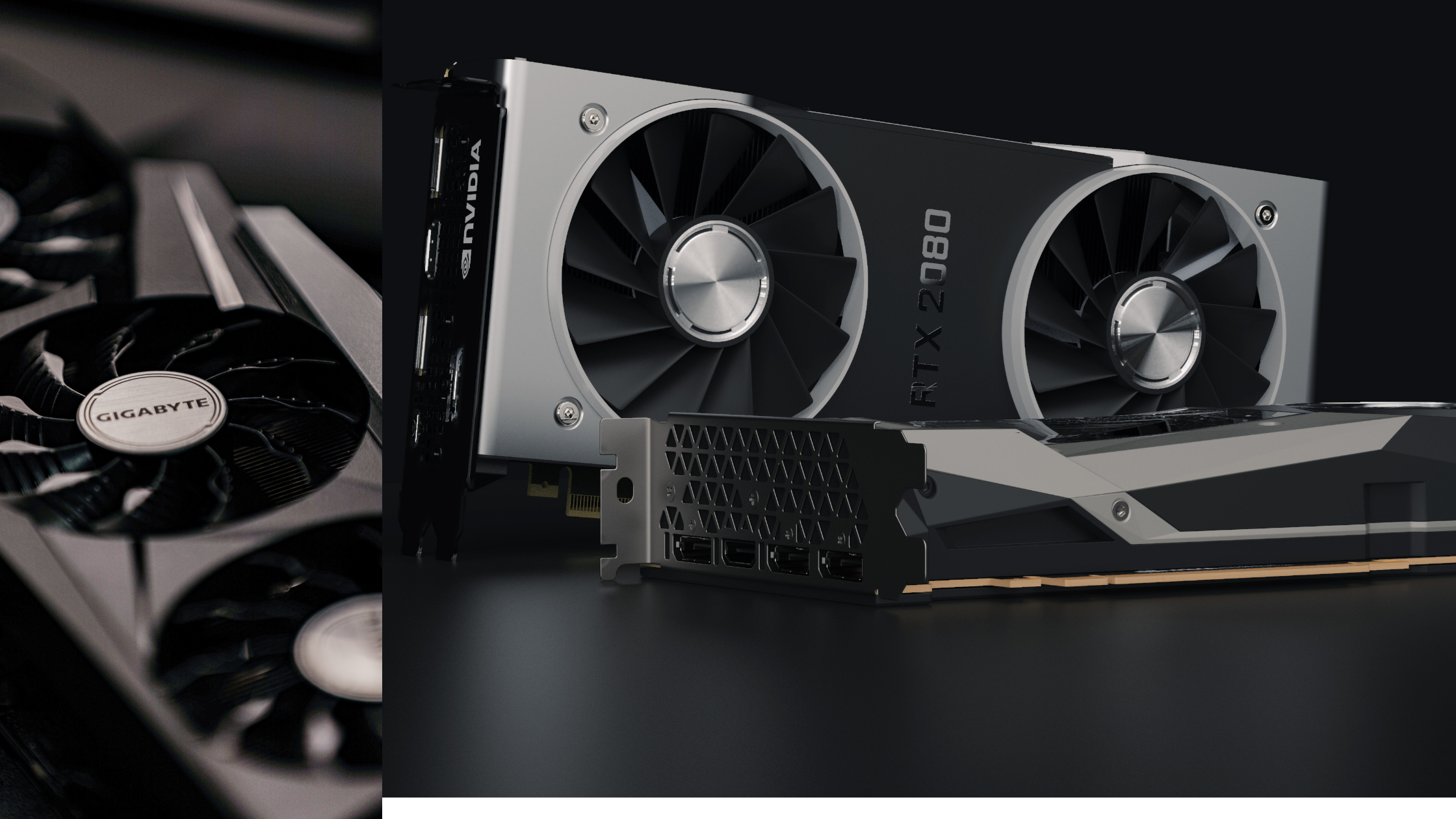One of the most common questions people have is what you can install the graphic cards on their CPU.
The answer to this question depends on a few factors, including the type of CPU, the graphics card you are looking to install, and the motherboard you are using.
However, some general rules can help guide you in making this decision. In this article, you can get all the information related to How Do I Know What Graphic Card Can Be Install on My CPU?
What is a Graphics Card?
A graphics card is a hardware component that generates the images you see on your computer screen. It is also known as a video card or a display adapter.
Your computer’s CPU (central processing unit) handles the basic tasks of running your programs, but it can’t create the complex and colourful graphics that we see on websites, videos, and games. That’s where your graphics card comes in.
The graphics card sits inside your computer’s motherboard and connects to the CPU via a special port called PCI Express (PCIe).
The PCIe port is much faster than the older ports used by earlier graphics cards, so it can handle the more demanding tasks of displaying high-resolution images and videos. Your graphics card has its dedicated memory, video RAM or VRAM.
Types Of Graphics Cards:
There are two types of graphic cards:
- Integrated
- Dedicated
1. Integrated Graphics
Integrated graphics are a type of graphics card built into the motherboard. It means that no separate card needs to be installed on the computer. Integrated graphics are not as powerful as a standalone graphics card but are sufficient for most tasks.
One advantage of integrated graphics is that they take up less space inside the computer. It can be important if you are tight in space or want to keep your laptop as cool as possible. Integrated graphics also tend to use less power than a standalone card, which can be helpful if you are trying to save energy.
The main disadvantage of integrated graphics is that they are not as powerful as a standalone card. If you need a powerful graphics card for gaming or other intensive tasks, integrated graphics will not be sufficient.
2. Dedicated Graphics
A dedicated graphics card is a hardware component used to produce images on display. It usually plugs into the motherboard and provides acceleration for 3D games and other graphics-intensive tasks.
Dedicated cards are often used in gaming PCs to improve performance. Some gaming laptops also include dedicated graphics cards, which can help boost the system’s overall power.
Most desktop computers and some laptops come with integrated graphics, which means that the CPU handles the graphics processing.
It can be sufficient for basic tasks like browsing the web or watching videos, but dedicated cards provide a significant performance boost for more demanding applications.
Dedicated cards are available in various form factors, including PCIe cards, PCI-Express slots on the motherboard, and external boxes that connect to the computer via USB or Thunderbolt.
How Do I Know What Graphic Card Can Be Install On My CPU?
If you’re wondering how to know what graphic card you can install on your CPU, the answer is by checking your motherboard’s compatibility.
If you have a PCI Express x16 slot on your motherboard, then you should be able to install most graphic cards. However, if you have a PCI Express x4 or smaller space, you may need to purchase a graphic card compatible with your motherboard.
How to Find Out What Graphic Card Can Be Install on My CPU Using Settings?
- To start, finding out what type of graphics card can handle is as easy as opening the Settings app and looking for the “Graphics card” section.
- Once you’ve located it, all you need to do is look at the “Adapter Type” line to see your computer’s capabilities.
- If you’re not sure what the different Adapter Types mean, don’t worry – we’ll cover that in a bit.
- If you see that your computer uses an Integrated Graphics Processor (IGP), it likely doesn’t have the power to handle a more powerful graphics card. You’ll need to upgrade your CPU or find a model that supports IGP Graphics.
- If, however, your computer has a Discrete Graphics Processor (DGP) listed under Adapter Type, then congratulations.
How to Find Out What Graphic Card Can Be Install on My CPU Using Device Manager?
Device Manager is a Windows utility that allows you to view and manage the devices attached to your computer. We’ll tell you how to use Device Manager to identify the graphics card installed on your CPU.
- Open Device Manager by pressing Windows + X and selecting Device Manager from the menu to get started.
- Once Device Manager is open, expand the Display adapters category and double-click on the graphics card listed there.
- It will open the properties window for that graphics card. Here, you can see information about the graphics card, including its name, manufacturer, and model number.
- If you want to know what type of graphics card can be installed on your CPU, look for the “PCI compatibility” section in this window. This section will list the types of cards compatible with your CPU.
How to Find Out What Graphic Card Can Be Install on My CPU Using System Information?
When your computer is not performing up to par, one of the first places you might look to improve its speed is the graphics card. But how do you know if your computer even has a slot for a new graphics card? And if it does, what type of card will work?
System information can help determine what graphics card you can install on your CPU. To find this information in Windows 10, open the Start menu and search for “system.” Click on “System Information” to open it.
Under the “Device Manager” tab, click on “Display adapters.” It will show you all the adapters currently installed on your computer. If there is already a graphics card installed, it will be displayed here. If there is not, nothing will be listed under “Display adapters.
How to Find Out What Graphic Card Can Be Install on My CPU Using Task Manager?
To find out what graphic card can be installed on your CPU using Task Manager, you must open the Task Manager. Once you have opened the Task Manager, you will need to select the “Performance” tab.
Once you are on the “Performance” tab, you will need to look for the “GPU utilization” bar. If the “GPU utilization” bar is at 100%, then that means that your graphic card is already being used and cannot install a new graphics card. If the “GPU utilization” bar is not at 100%, then that means that you can install a new graphics card.
Conclusion:
In conclusion, it is important to know how to install the graphic card on your CPU to ensure that you are getting the most out of your computer. By following the tips above, you should be able to find the right graphic card for your needs.

